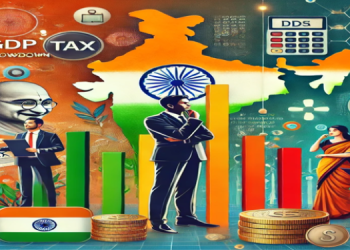Research from Futuresource Consulting has shown that the growth in global consumer expenditure on entertainment content seen in 2017 is set to continue over the next few years and will reach $439 billion globally by 2021.
In 2017, Global Consumer Expenditure on Entertainment Content (Video, Games and Music) worldwide continued to climb. By 2021, this spend is set to reach US$439 billion globally, a 17% increase from 2017, according to the latest Global Entertainment Content Outlook report from Futuresource Consulting.
“As expected, TV and Video account for the lion’s share of this consumer spend,” comments Author Tristan Veale, Market Analyst at Futuresource Consulting. “However, music has enjoyed a resurgence in recent years and continued innovations within gaming means that both markets are impacting on consumers’ spending habits, with smartphones a key facilitator of this tearing up of the entertainment market rulebook.” Both gaming and music will achieve a CAGR of 7% over the next five years, whereas video is on course for a more modest CAGR of 2%.
Subscription Video on Demand (SVoD) services such as Netflix, Amazon Prime Video and Hulu are rapidly dominating the overall home video entertainment sector (including DVD, Blu-ray, EST, VoD and SVoD). In 2013, SVoD was just 13% of home video consumer spend. However, as of 2017 year-end, SVoD comprised almost half of the US$42 billion spent worldwide.
SVoD continues to show no signs of slowing down any time soon. Global subscription numbers will rise at a CAGR of 15% between 2017 to 2021. “2017 was the year that annual SVoD spend exceeded worldwide spend on packaged media,” adds Veale. “Not only this, but by 2021 SVoD will account for 70% of total home video spend with households taking multiple services instrumental in the growth of this sector.”
Despite the continued and rapid momentum of SVoD, putting it in context, in 2017 SVoD was a US$19 billion market whereas Pay-TV was a US$200 billion market. There remains significant appetite for Pay-TV services, with the catalytic factors varied; including the bundling of Pay-TV services with broadband/telephony, the early availability of premium content and the access to exclusive content – most notable of which being sports.
Pay-TV expenditure rose 4% on the 2016 total. In value terms, the US remains dominant, accounting for close to half of all global spend, at US$106 billion in 2017. In subscriber terms, China’s 336 million Pay-TV households commands the number one global position. However, the average household spend of under US$3 per month means Chinese consumer spend is just one tenth of the US. Several key Pay-TV markets are witnessing falls in subscriber levels, the US, Canada and France the most notable with falls of 1%, 1% and 3% respectively. Nevertheless, in the US, subscription revenue has continued to rise, fuelled by annual price hikes and consumer migration to higher tier packages.
As the landscape continues to evolve and content owners increasingly seek to experiment with direct to consumer propositions, the ability for consumers to rebuild their TV bundle with just the content they want becomes more apparent. Such a trend is leading to a host of existing and new entrants focusing on the user experience and aggregation of best in class linear and on-demand content from third party partners. The emergence of these Pay-TV Lite services (most prominent in the US) includes YouTube, Hulu and Sony PlayStation and traditional operator services from DirecTV and Xfinity. Consequently, at the end of 2017 there were 4.8 million Pay-TV Lite subscriptions in the US.
“With content remaining as one of the main differentiating factors, spend to secure exclusive rights continues to soar placing added pressure on operator’s margins,” comments Veale. “Furthermore, this is compounded by the increased competition stemming from a growing number of online platforms that includes Netflix and Amazon and increasingly the likes of Facebook and Twitter, all of which have significant war chests for content acquisitions. Combined, the FAANG companies are looking to spend around $20 billion on video content in 2018.”
Where Next?
The increase in competitive pressures is also giving sustained impetus to M&A activity within these sectors, perhaps none more significant than Comcast’s recent bid for Sky or Disney moving to acquire 21st Century Fox. Economies of scale have never been more critical, as content distributors and owners seek to maximise return on investment through broadening reach to the widest audience possible. Global conglomerates are increasingly operating with a fully integrated entertainment offering, not just video but also actively involved in creating content for the growing games market and ever tighter commercial links to the music sector. Consequently, they can maximise intellectual property returns across these ever more overlapping content divisions.


















